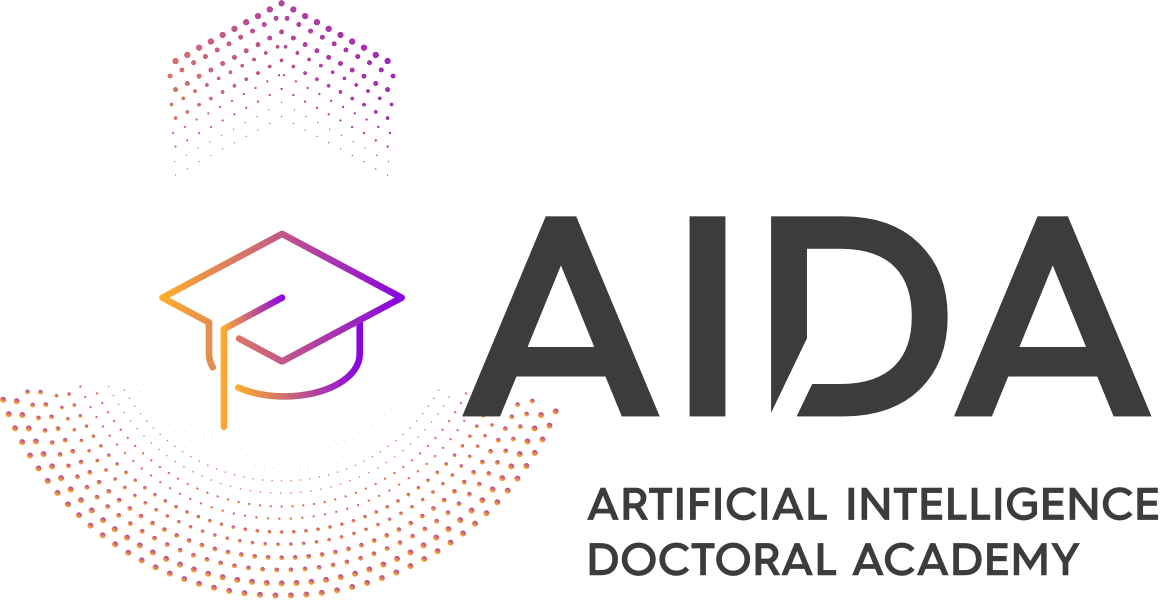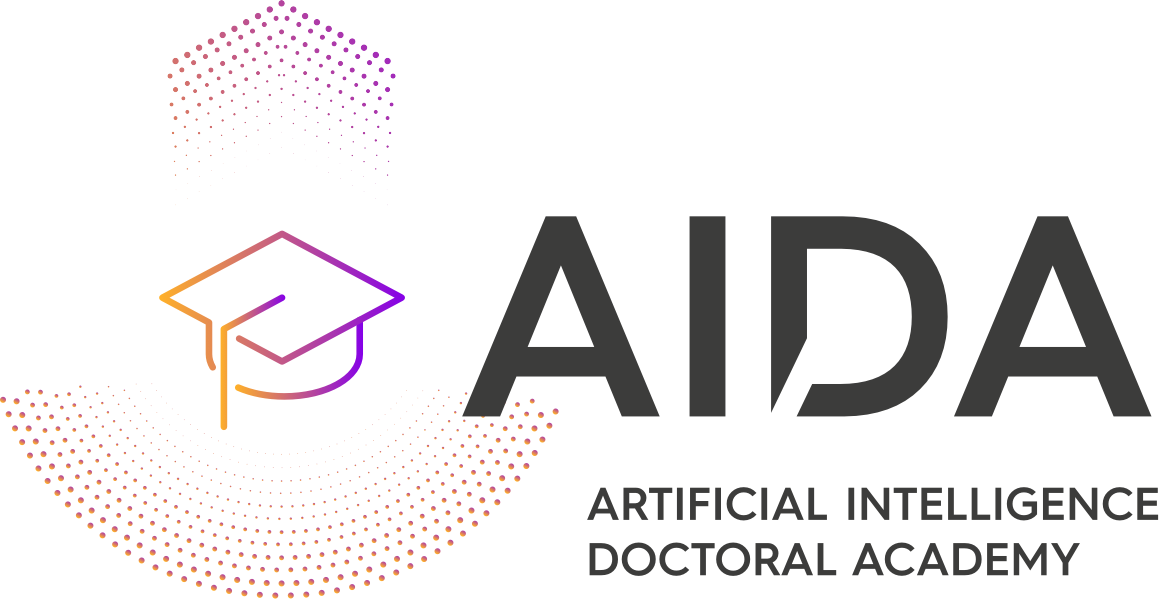AI Paradigms and Representations
Level
Intermediate, Broad, Algorithmic, Methodological
This topic covers the challenge of integrating different representations and paradigms for AI in order to enable both learning, reasoning and optimisation. The integrated representations are intended to engender trustworthiness.

Learning outcomes
Knowledge

Students should be able to to:
- Understand the motivations for the need to integrate learning, reasoning and optimisation, and the role of prior knowledge and knowledge representation.
- Understand integrated representations for trustworthy AI.
- Understand different paradigms that integrate different representations. In particular:
- Statistical relational AI: the integration of logic and probability/fuzziness for both reasoning and learning.
- Neurosymbolic AI: integrating logic with neural networks to enable perception and reasoning.
- Knowledge graphs, ontologies, graph neural networks and embedding.
- Constraint satisfaction and optimisation techniques: integrating solvers and learners for better performance and for learning CSP models.
- Apply the above methods in perception, spatial reasoning, natural language processing, vision, and other societal/industrial domains
skills




Students should be able to:
- Use a wide variety of representations (graphical models, logic, neural networks, knowledge graphs) for both learning and reasoning.
- Have insight into the power and limitations of different types of representations.
- Combine different representations for a particular AI task.
- Use both knowledge and data for a particular AI problem.
- Understand and use the above-mentioned categories of techniques (StarAI, NeSy, CSP, Knowledge graphs, Ontologies (OWL/RDFS).
- Understand the limitations and challenges of the integrated representations and paradigms.
- Understand the trustworthiness of these techniques.
Application




Students should be able to:
- Work effectively with experts in different learning, reasoning and optimisation paradigms.
- Collaborate with domain experts to identify suitable integrated learning, reasoning and optimisation techniques for trustworthy AI.



 Back to List
Back to List